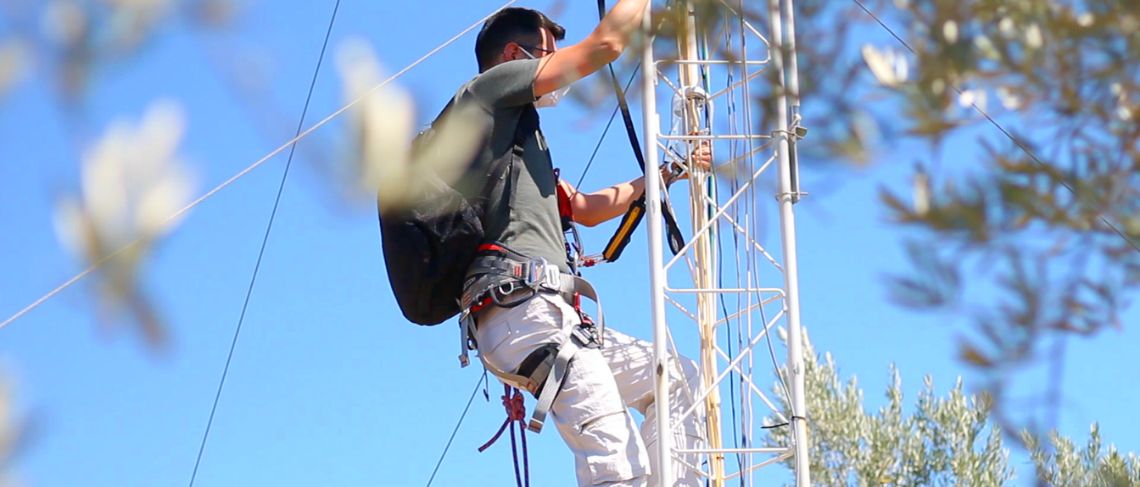
- Ref. PID2020-117825GB-C21
- Funding agency: Ministerio de Ciencia e Innovación. MICINN/AEI
- Realization: 01/09/2021 a 31/08/2025
- PIs: Juan Luis Guerrero Rascado, Penelope Serrano Ortiz
- Researchers: Enrique Pérez Sánchez-Cañete, Andrew Kowalski, Hassan Lyamani, Sergio Aranda Barranco, Sergio David Aguirre García, María Joao Tavares Da Costa, Pablo Ortiz Amezcua, Celía María Miguel Antunes, Ihab Alfadhel, Daniel Agea Plaza, Jesús Abril Gago
- Webpage of the project_INTEGRATYON3
Abstract
Recent decades show an increasing concern about climate change and air quality, and how natural and anthropogenic processes affect them. However, there are several atmospheric components and mechanisms that are not sufficiently understood, measured or whose effect still presents high uncertainties according to the Fifth IPCC Assessment Report and related studies.In order to support policy- and decision-making to combat climate change and its impacts, several international initiatives are developing strategies for monitoring the different components of the climate system to produce standardised, high-precision and long-term observations at different spatial levels: ACTRIS mainly focused on aerosols, ICOS on carbon balance and LifeWatch-ERIC focuses on biodiversity.
The members of INTEGRATYON3 actively contribute to these international initiatives. However, despite the common objective of these three e-infrestructure, there is a not clear interaction (even collaboration) between them. The need of such interactions is particularly relevant (and essential) in processes related to surface/atmosphere exchanges. In this context, improving the knowledge on greenhouse gases and biogenic and non-biogenic aerosol particles exchanges between soil and atmosphere in drylands from an integrated perspective at three spatial levels, namely atmosphere, ecosystem and vadose zone, is crucial to understand the role that such ecosystems play in climate change. In this regard, the general objectives of the proposed coordinated project are: (1) understanding the main drivers controlling CO2 emission (and storage) of the vadose zone and its contribution into the Net Ecosystem Carbon Balance in drylands, (2) quantification of particle emissions and the drivers controlling atmospheric dispersion in the ABL over drylands.
Thus, the proposed configuration addresses the required combination of measurements for advanced studies of CO2 and aerosol particle emissions, including the observation of the heterogeneity of land surface fluxes, ABL dynamics and soil features. INTEGRATYON3 has marked multidisciplinary and interdisciplinary character in its conceptual designing, experimental approach and outcomes. It enables a novel class of experimental design that capitalizes on the integration of instrumentation for the three e-infraestructures to measure the quantities needed to evaluate and improve the knowledge on surface/atmosphere exchanges investigating turbulent processes. The exchanges are relevant from local to global scales, and their strength varies both regionally and seasonally depending on soil moisture, advection and climate regimes, among others. To improve our understanding of the state and the evolution of surface/atmosphere interactions as well as the ABL dynamics, it is critical that the exchanges between the different components including the aforementioned three levels, are well characterized to be appropriately represented in weather, climate, and Earth system models.
To reach these goals, we have designed an ambitious work program around the three levels organized as follows: two WPs devoted to coordination and dissemination, one WP for each one of the three levels (atmosphere, ecosystem and vadose zone) and, finally, one WP about integration